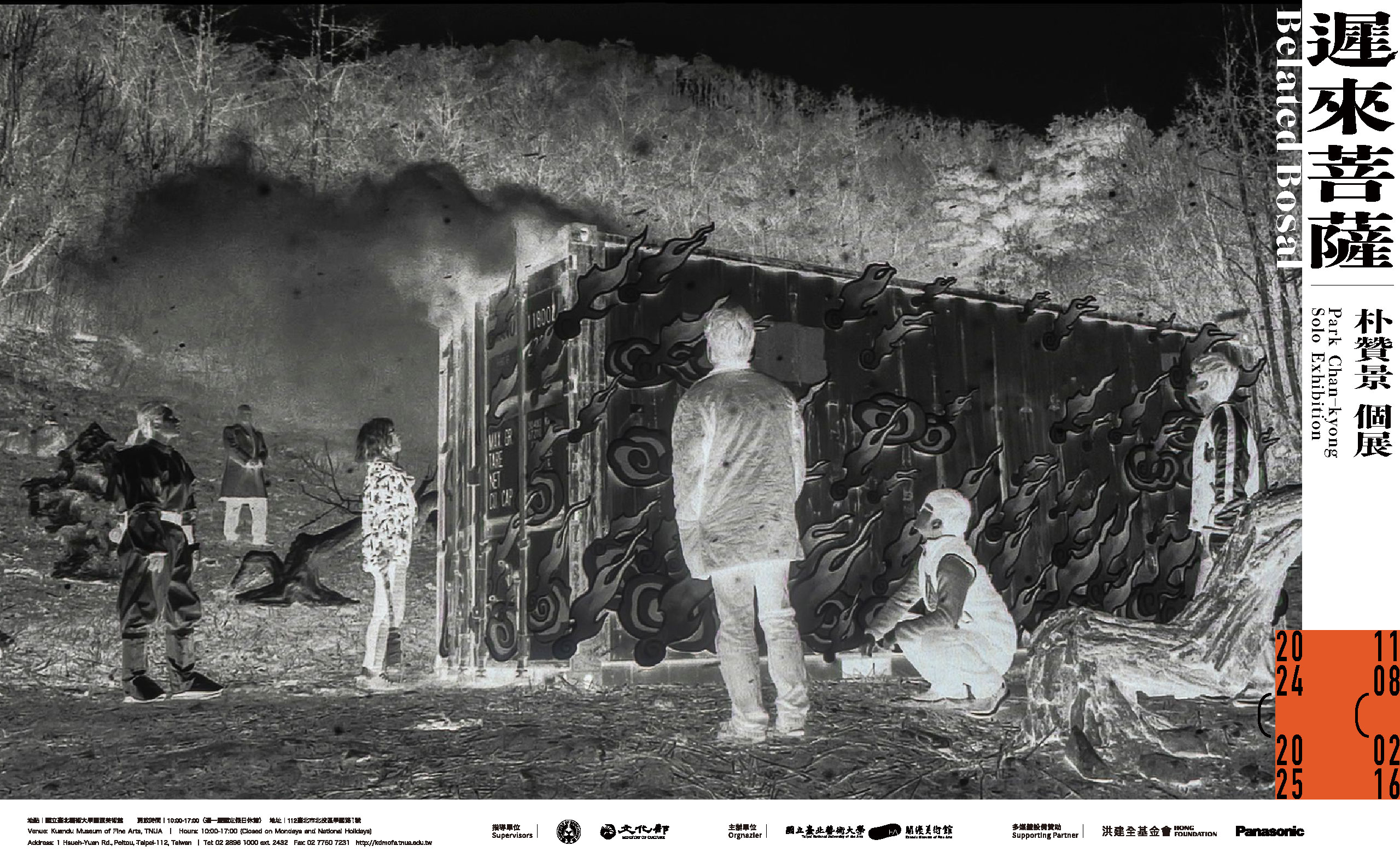Education:
1988 BFA College of Fine Art, Seoul National University, Seoul
1995 MFA Program in Photography, California Institute of the Arts, Valencia, California
Selected Solo Exhibitions:
2023
Park Chan-kyong: Gathering, The Smithsonian's National Museum of Asian Art, Washington D.C.
2019
MMCA Hyundai Motor Series 2019: Park Chan-kyong – Gathering, National Museum of Modern and Contemporary Art, Seoul
2018
Citizen’s Forest, Tina Kim Gallery, New York
PARKing CHANce 2010-2018, Asia Culture Center, Gwangju, Korea (with Park Chan-wook)*
2017
안녕 安寧 Farewell , Kukje Gallery, Seoul
2016
Park Chan-Kyong Solo Exhibition, Tina Kim Gallery, New York
2015
Pa-gyong : Last Sutra Recitation, INIVA, London
2012
Natacha Nisic & Park Chan-Kyong, Atelier Hermès, Seoul*
2010
Radiance, PKM Gallery | Bartleby Bickle & Meursault, Seoul
Brinkmanship, REDCAT, Los Angeles (with Sean Snyder)*
2008
Sindoan, Atelier Hermès, Seoul A Mountain, Gallery Soso, Paju, Korea
2005
Flying, Ssamzie Art Space, Seoul
2003
Koreans Who Went to Germany, Akademie Schloss Solitude, Stuttgart
*asterisk denotes two-person show
Collections:
Tate Modern / Solomon R. Guggenheim Museum / M+ Museum of Visual Culture / Los Angeles County Museum of Art (LACMA) / Kadist Foundation / Korean National Museum of Modern and Contemporary Art(MMCA) / Leeum, Samsung Museum of Art / Artsonje Center / Seoul Museum of Art (SeMA) / Musée des Beaux-Arts de Nantes / Gyeonggi Museum of Modern Art

